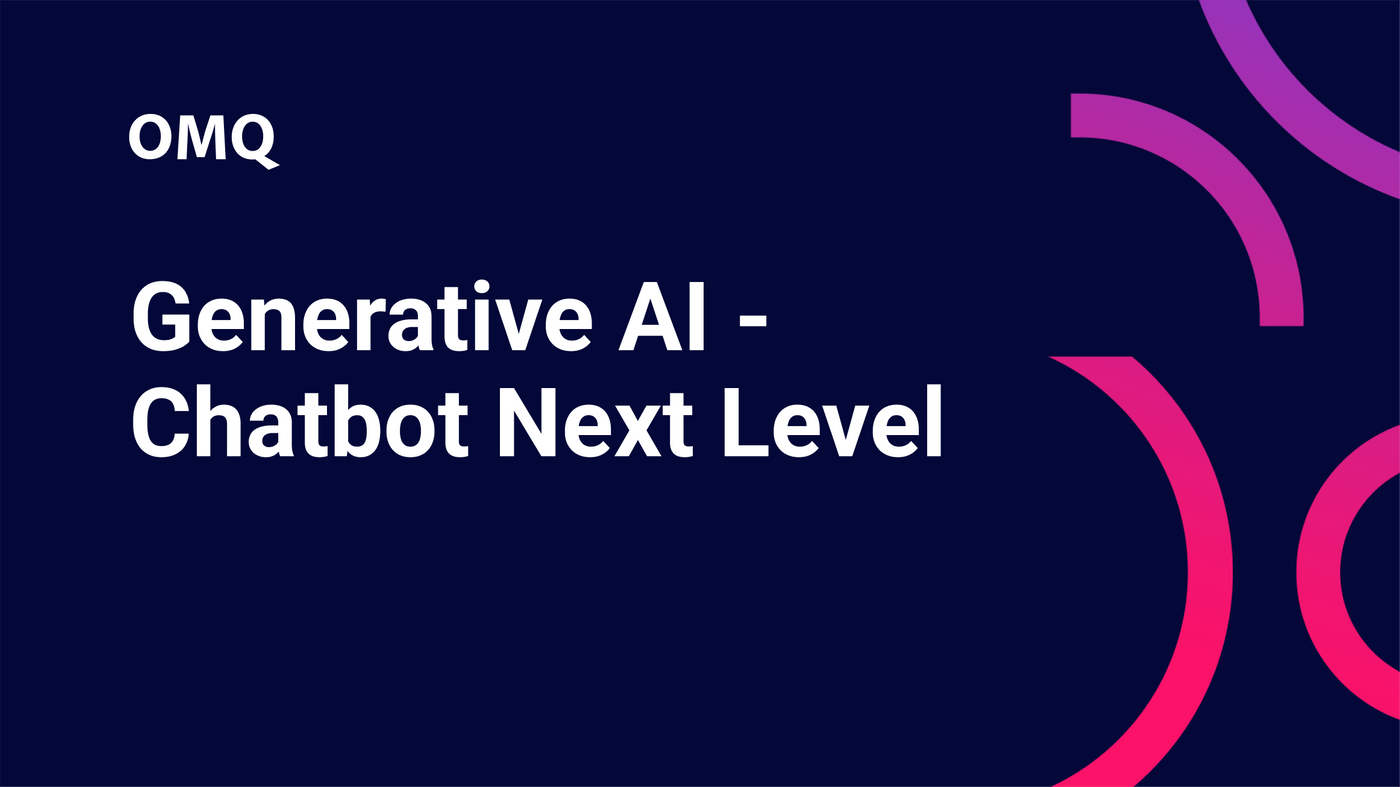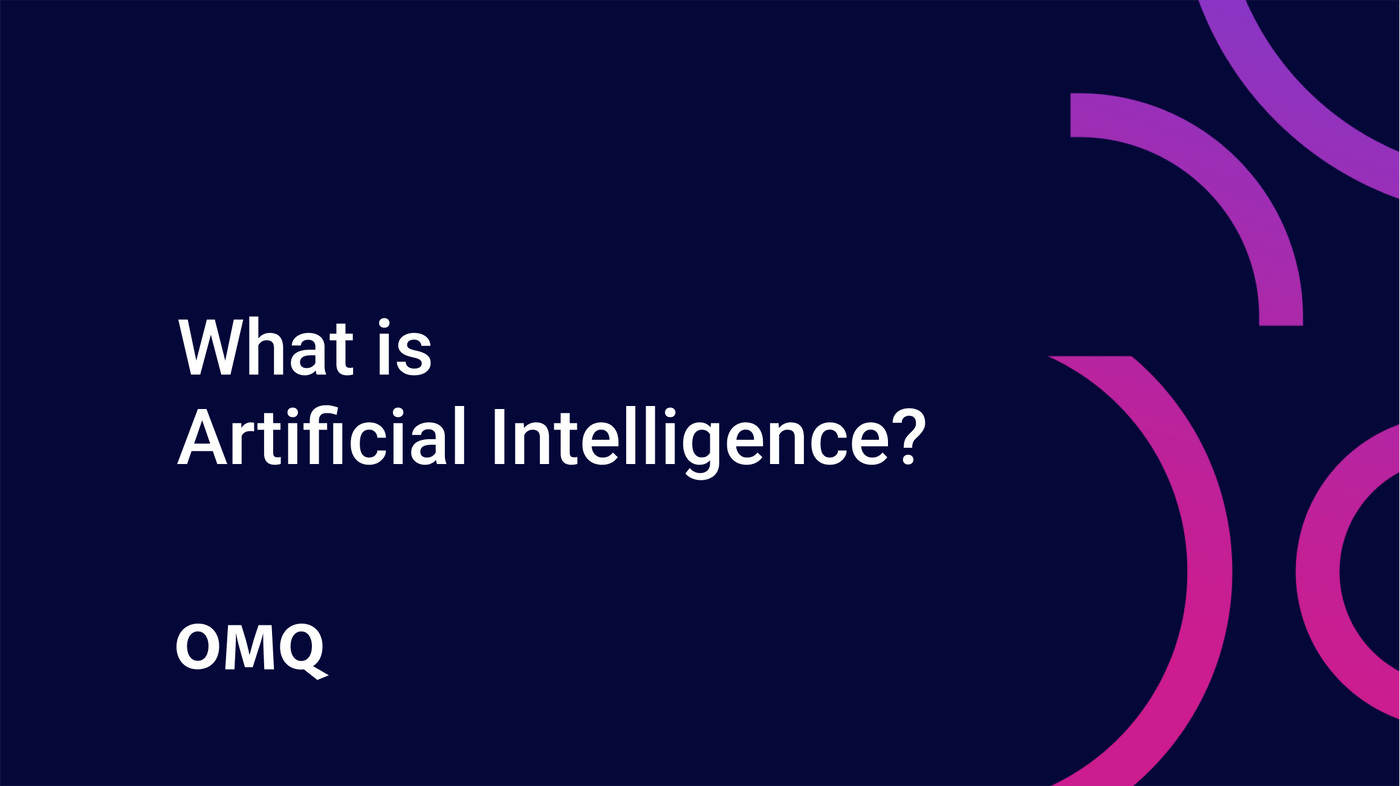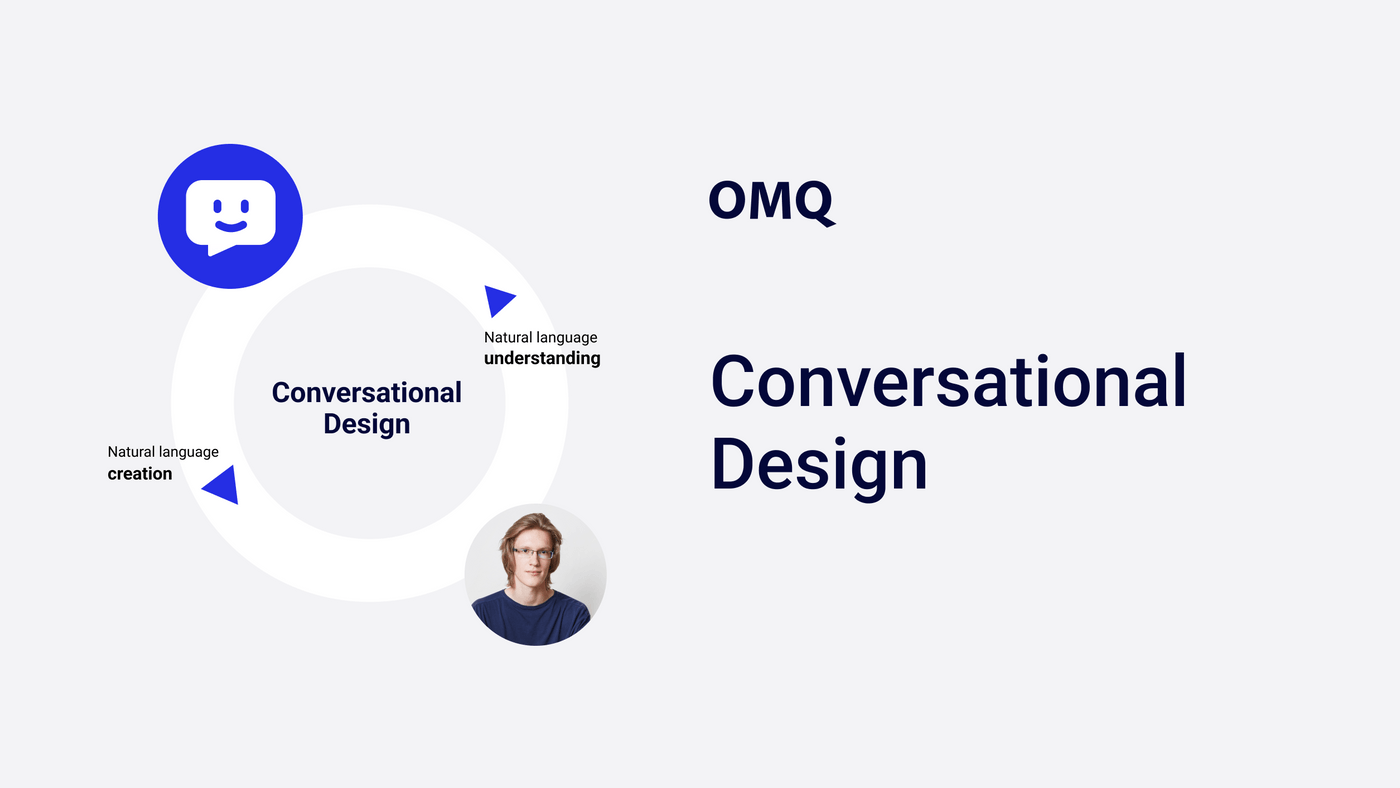Artificial Intelligence
What is Generative AI?
Generative AI is a specialized form of artificial intelligence that creates new content such as text, images and music. Learn the difference between general AI and generative AI.

Generative AI chatbots have revolutionized various industries by automating tasks such as creating suggestions, researching topics, writing snippets of code and composing emails.
These chatbots use large language models (LLMs) to create human-like quality text, translate languages and provide informative answers to user questions.
Definition Generative AI
Generative AI (Generative Artificial Intelligence) refers to a class of AI systems that are able to generate new content such as text, images, music, videos or even 3D models. These AI models learn patterns, structures and relationships in the data they have been trained with and use this knowledge to create similar but original content.
The best-known examples of Generative AI are Generative Adversarial Networks (GANs) and Transformer models such as GPT (Generative Pre-trained Transformer).
Generative adversarial networks and transformer models
GANs consist of two neural networks: a generator and a discriminator. The generator creates new data, while the discriminator tries to distinguish whether the data is real or artificial.Over time, the generator gets better and better at generating realistic-looking content.
Transformer models, such as GPT, are based on a different approach where large amounts of text are analyzed to understand complex relationships. These models can then be used to generate long, coherent texts based on short inputs.
Application examples for Generative AI
Generative AI has many applications, including
- Text generation: generating articles, stories or even program code.
- Image generation: Creating images or artworks that did not exist before.
- Music composition: Automatically composing pieces of music.
- Simulations and games: Creating virtual worlds or characters.
Generative AI has great potential, but also challenges, especially in the area of ethical implications, such as the risk of creating deepfakes or spreading misinformation.
Key features of Generative AI Chatbos
Natural Language Processing (NLP)
Natural Language Processing, also known as natural language processing, is a crucial aspect of the functionality of chatbots. This technology enables bots to understand and interpret human language in its natural, informal and often unstructured form.
It analyzes the user’s input, recognizes important words and phrases, determines the intent behind the request and generates an appropriate response. NLP makes it possible for users to interact with the chatbot as if they were talking to another human being. This leads to a more intuitive and satisfying user experience.
Understanding context
Another important feature of generative AI chatbots is their understanding of context. Unlike simpler chatbots that treat each user request in isolation, generative AI chatbots are able to maintain context across multiple interactions.
This means that they can remember previous requests and use this information to inform their responses to subsequent requests. This allows for more fluid and natural conversations as the user does not have to constantly repeat what has already been said.
Personalization
The ability to personalize is another key feature of AI chatbots. They can adapt their responses based on the user’s individual preferences, behavior and history.
For example, a chatbot developed for an online store can make product recommendations based on the user’s previous purchases and browsing habits.
This type of personalized service can significantly improve customer satisfaction and loyalty.
Multilingual support
Generative AI chatbots are often able to communicate and translate texts in multiple languages. This is particularly useful for companies that serve customers from different countries.
A multilingual chatbot can answer customers’ questions in their native language, resulting in a better customer experience. In addition, these chatbots can also be used to support the international expansion of companies by acting as virtual translators.
The difference between AI and Generative AI
Artificial intelligence (AI) is a general term that refers to technologies designed to perform tasks that normally require human intelligence. This includes recognizing patterns, making decisions, understanding and generating language and recognizing images.
AI is used in many areas, from speech recognition by virtual assistants to the analysis of large amounts of data in science and business.
Generative Artificial Intelligence (Generative AI) is a special subcategory of AI. While traditional AI systems are designed to solve tasks based on predefined rules or patterns, generative AI goes one step further: it is able to create completely new content. This means that it not only analyzes data or makes decisions, but also creates new texts, images, pieces of music or other forms of content that did not exist before.
A key difference between general AI and generative AI therefore lies in the function. AI can perform tasks such as classifying images or predicting outcomes, while generative AI is specifically designed to perform creative tasks where something new is created. An example of generative AI is the GPT model, which can generate new, coherent text based on a short input.
To summarize: AI is a broad term for technologies that perform intelligent tasks, while generative AI is a specialized form of AI that simulates creative processes and generates new content.
Generative AI in customer service
Generative AI is playing an increasingly important role in customer service. It enables companies to automate their customer service while providing personalized and effective support.
One of the main applications of generative AI in customer service is chatbots. These intelligent digital assistants can generate human-like texts and respond to customer queries in natural language. By learning from large amounts of customer dialog data, they can handle a variety of queries, from simple questions such as opening hours and product information to more complex tasks such as diagnosing technical problems or advising on purchasing decisions.
Generative AI can also help to personalize customer service. By analyzing the behavior and preferences of individual customers, it can provide tailored recommendations and advice. In addition, generative AI can help to make customer service more efficient.
By automating routine inquiries, customer advisors can be relieved so that they can concentrate on more complex cases. Finally, generative AI can also help to increase the availability of customer service.
Since chatbots are available around the clock, they can handle customer queries outside normal business hours or deal with periods of high call volume. Overall, the use of generative AI in customer service can help to increase customer satisfaction and loyalty, increase efficiency and reduce costs.
Choosing the best generative AI chatbot depends on specific business requirements, budget and required features. Continuous improvements and new market entrants mean that companies have a growing range of options to choose from.
Generative AI chatbots are undoubtedly an exciting area of AI that has the potential to change the way we interact with technology.


